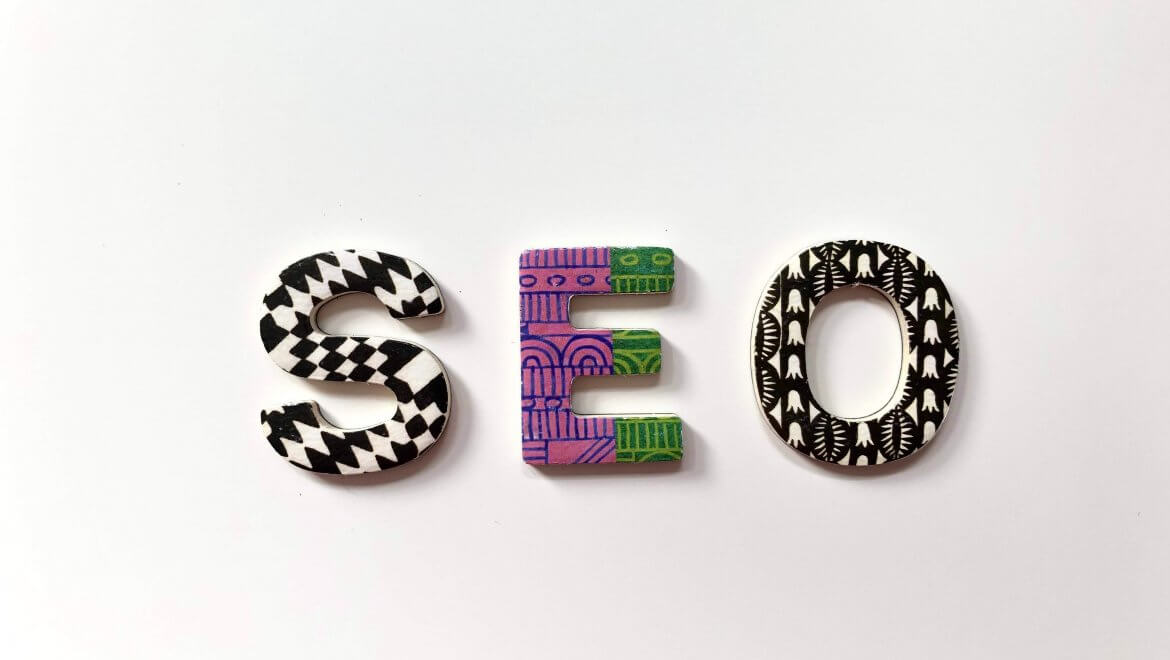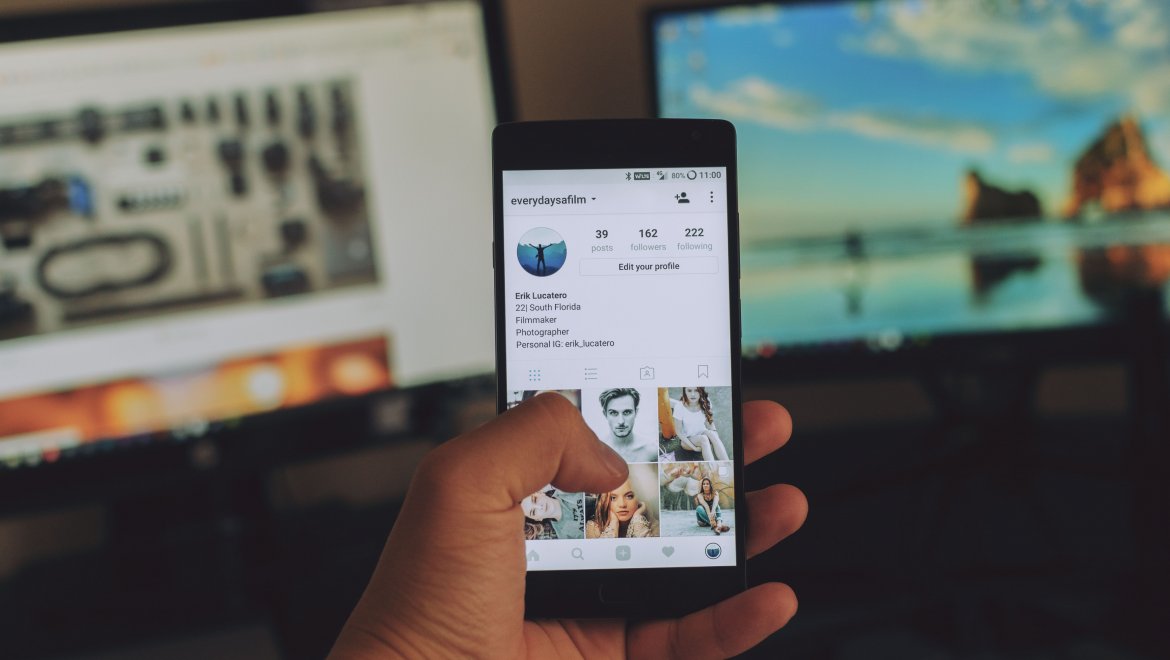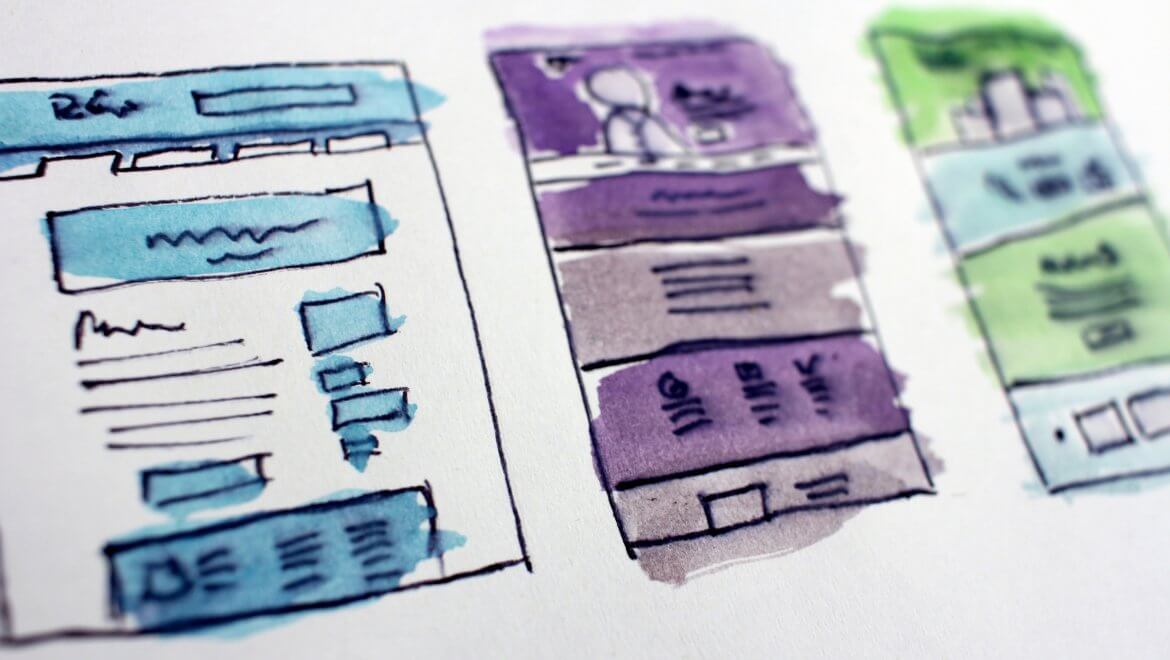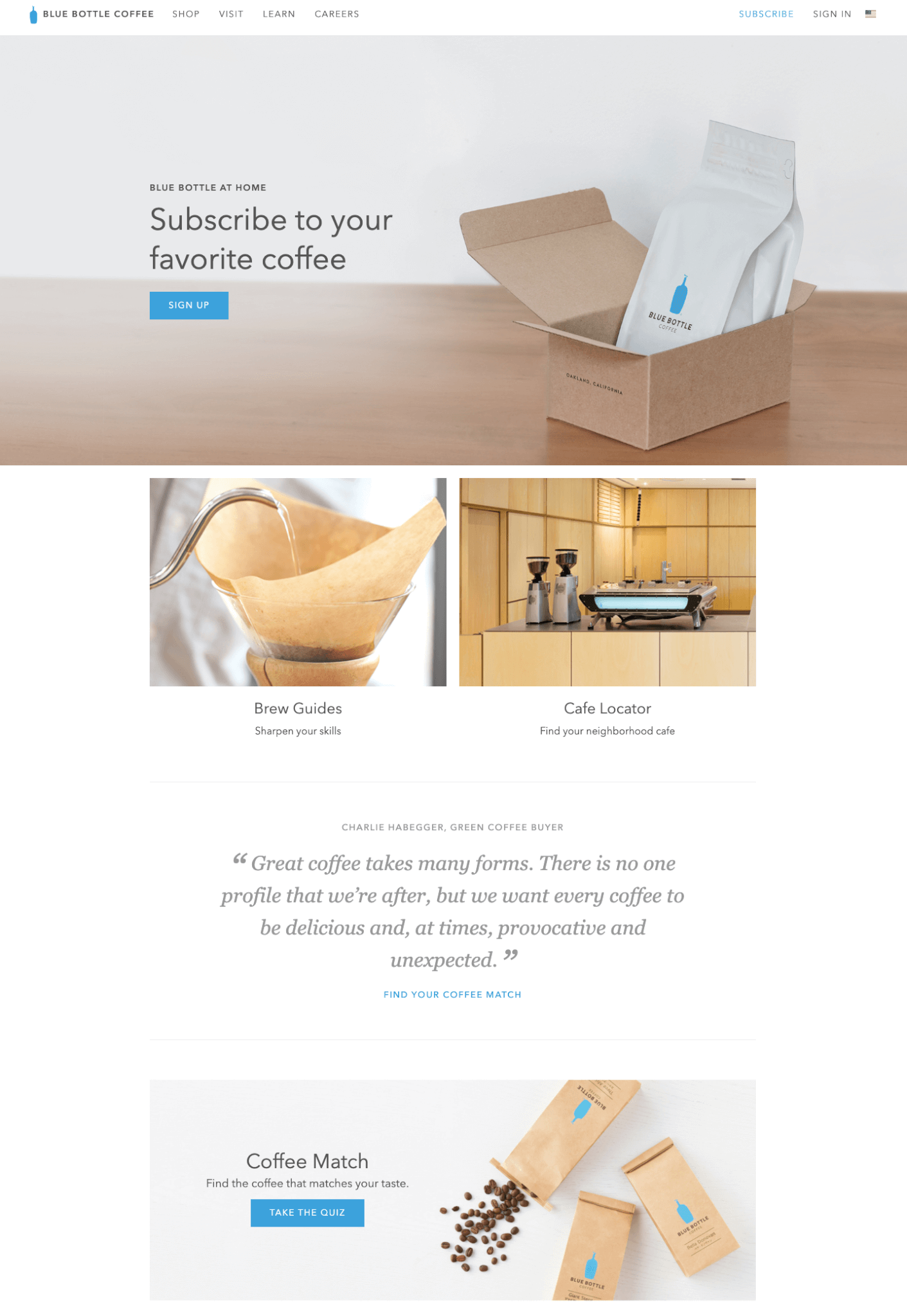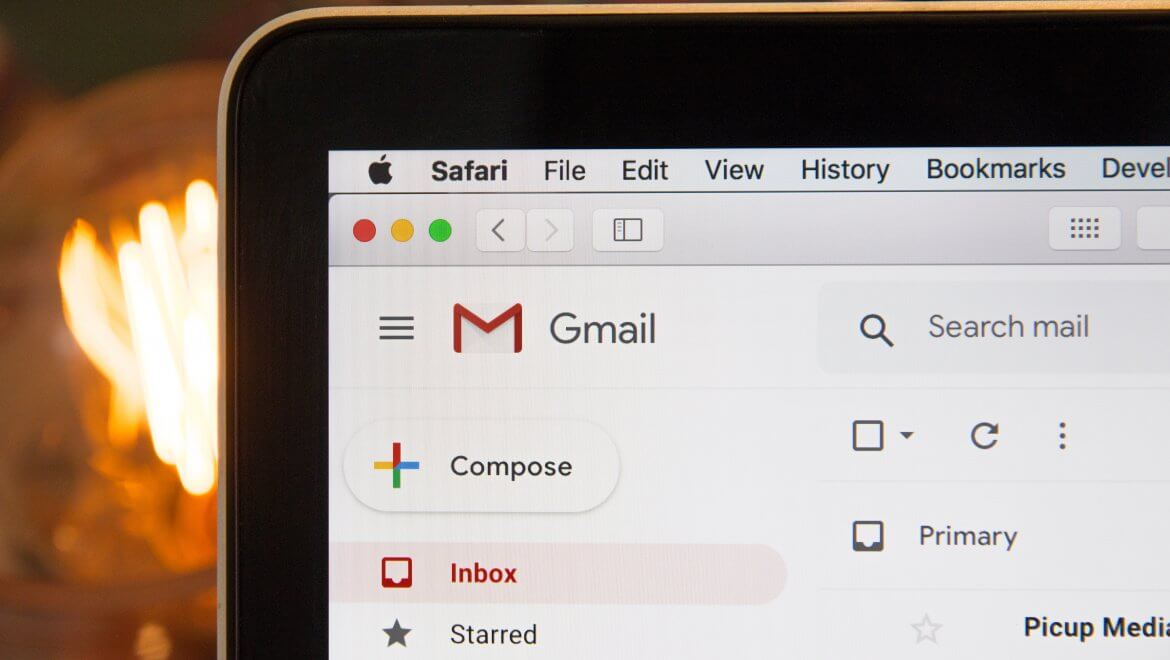Black Friday email campaigns that boost sales
Another Black Friday is just around the corner and—likely—another record-breaking holiday sales season will come with it. Email campaigns are a proven way to effectively announce sales and boost profits. But what should you send? Take a look below for some ideas to use for the holiday season.
Our latest Spree-as-a-service offer frees you from the burden of self-hosting and maintenance. Contact us now for a demo and launch an eCommerce platform at a fraction of a typical cost and within weeks instead of months.
The Sale Announcement Email
We’ll start with the simple one first: Make sure your customers know you’re having a sale, and what it is, because you can bet your competitors will. Keep it simple. Everyone loves sales, so you’re subject header can just be “50% off Everything!” It will almost guarantee you that shoppers will at least open the email to find out more.
The Free Gift Email
Everyone loves free right? Including a free gift if customers hit a certain dollar amount is a great way to boost the average sale amount. If a customer has spent $90 and is $10 away from earning a free gift, they’ll likely spend that extra ten dollars to hit the target.
Again, the subject can be simple. “Free” will almost always get someone interested. You can also spin this so it doesn’t seem so salesy, and being that Black Friday is around Thanksgiving, in the body of the email you can include something along the lines of “Our way of saying thanks,” or “Our way of giving back during the holiday season.”
The Extended Sale Email
Black Friday sales don’t have to end on Fridays. If you’re in e-commerce—and you’re reading this blog so I’m assuming you are—the sale can last all the way to Cyber Monday. Last year, retailers brought in over $2 billion on the Monday after Black Friday.
Not everyone gets around to shopping on Black Friday. They may have missed the boat and will jump out of their seats when they see your “Extended 40% Sale off EVERYTHING” email.
The Black Friday Giveaway
This is similar to philosophy to the “Free Gift” email—people love free stuff and rewards. Giveaways and contests are a great way to inject more life into your sales than those of your competitors.
The terms of the giveaway or sale will be up to you. One common strategy is to offer your customers a chance to win a gift to your site for every purchase they make. Or, you can guarantee a small prize—say a $5 gift card— for any purchase, with a chance to win the Grand Prize, such as a $1K gift card.
The Humor Email
Do you know what people like almost as much as free stuff? Funny jokes. Announcing your sale in a way that J.Crew did last year is a great way to get a leg up on competitors and their potentially similar sales.
You can also include jokes specific to your business or industry. For example, if you’re in the clothing business, a post-Thanksgiving email featuring your stretchy pants might not be a bad idea.
Rember that your email marketing campaign should be a part of the entire Q4 sales and marketing strategy. Read more on how to prepare for Black Friday, Cyber Monday, and Holiday season here.
Spree as a Service comes with the same functionality as the open-source plus all the SaaS advantages, such as free integrations and features, no upgrades or maintenance, and effortless scalability. Try our free trial or request a demo.



